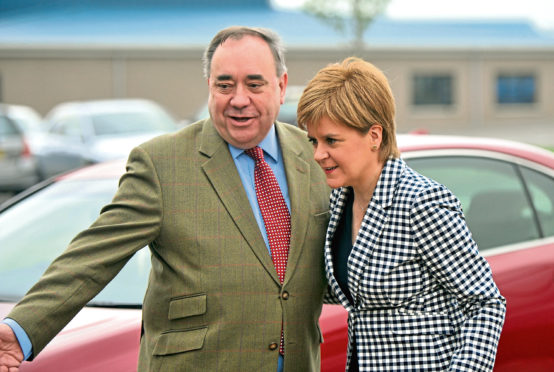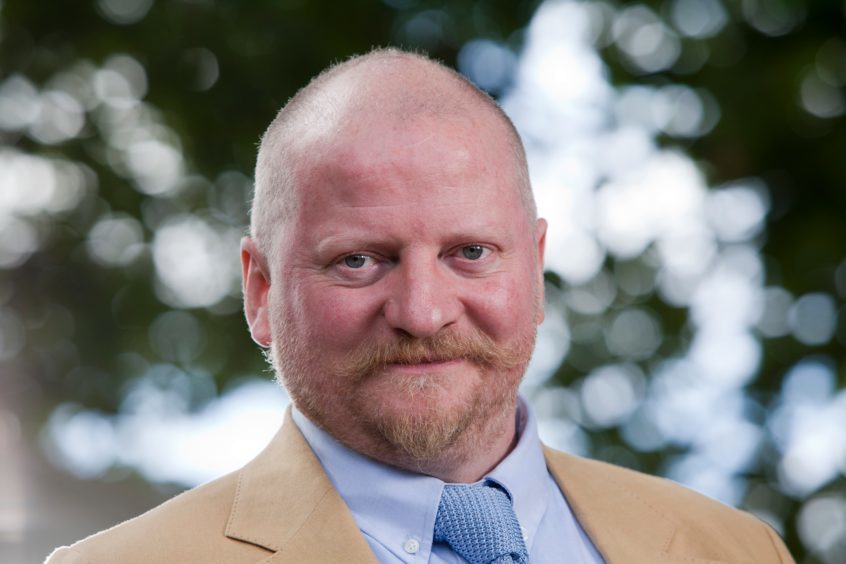Nationalist infighting not only risks the future of the movement, but the credibility of the nation.
In 2009, the SNP government arranged a tourism event called The Gathering. It racked up £600,000 in debts. Opposition parties were outraged. The public audit committee investigated.
The committee called the permanent secretary and the first minister, Alex Salmond, to give evidence. After deliberation, convener Hugh Henry MSP reported in 2011: “We were seriously concerned at the inconsistent and contradictory evidence we received.
“We were also unable to reconcile the inconsistent evidence we received on the meeting between the permanent secretary and a council official… The committee is unclear whether all of the possible alternatives to further public sector funding were fully explored before the Scottish Government concluded that additional public sector funding remained the only option.”
The matter ended there. The Gathering took place before my time in government. I have no privileged information.
A decade later the committee on the Scottish Government handling of harassment complaints is looking into the Alex Salmond saga.
The committee’s correspondence has warned the government not to erase text messages, phone records, emails or any other communication. Which is odd. No other committee in the history of Holyrood has gone out of its way to suggest in advance the evidence taken might be dodgy.
When investigating our nation’s appalling poverty or its clubby bureaucracy, for example, the witnesses are taken at face value. Public sector Scotland has been protected from any insinuation of cover-up.
It has now signalled that public sector Scotland can evade.
Witnesses to the Salmond committee must give evidence under oath. Which is an interesting revelation coming from a committee chaired by a former government minister. Linda Fabiani was in Salmond’s first government until 2009.
It feels like the committee is getting its conclusion in early. To insinuate government officials and ministers can be economical with the truth is a dangerous game. Like a snake chewing at its tail. Before you know it, it eats itself.
Any assumption that people lie to this committee is based on the idea that ministers and officials are always economical with the truth or that misleading a Holyrood committee is an easy thing to do. Did they lie all those years ago to Hugh Henry’s one? Perhaps, heaven forfend, ministers and officials have been soft-soaping evidence all along to the much-vaunted committee system, relying on MSPs to miss the point, or party loyalty not to test the government of the day?
You might say the committee is unique in investigating the government’s handling of a matter but, in truth, all Holyrood committees do that. It is the point of the committee system to scrutinise government.
Perhaps this explains the SNP’s reputation for competence. Could a shared interest keep ministers and officials to an agreed line, the absence of whistle-blowers and refuseniks never spoiling the message? So many questions – it’s almost a pity a committee doesn’t look into it.
By opening this matter up, the Salmond inquiry becomes an investigation into the heart of devolution, raising questions about whether the Parliament has ever got a straight answer, explaining why so little has actually changed since 1999, and implying that for all the talk of difference, the new political class are as wedded to the British political model of secrecy and evasion as ever.
Maybe this is why Scotland, failing on so many measures, is content with itself. Nobody ever tells it the truth.
Fabiani’s committee has spread doubt about the integrity of the government, without any member previously stating they doubt the evidence they are given by officials.
Should the Salmond committee go further than The Gathering report a decade ago, and accuse the first minister and permanent secretary of being economical with the truth, then it detonates devolved government.
Who can we trust if not the top two people? Alternatively if it fudges the conclusion, what’s the point of the exercise?
It seems to me that a country that can reverse over 100,000 exam results within days, but where nobody admits blame, is a nation that has got used to lying to itself.
The Salmond committee might be about to establish that as fact. In so doing, it may destroy the reputation of Scotland.

